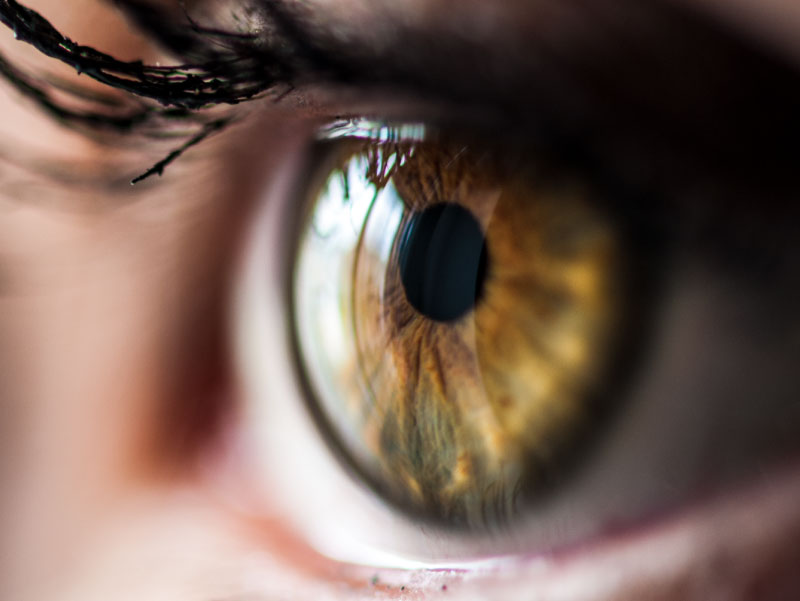Eye Shots Diabetes
These are the vision robbing problems commonly found in diabetic eyes. Adding eye injections, like Avastin or Lucentis, to diabetic treatment routines, has increased the rate of successful recovery from macular edema caused by diabetic retinopathy. Diabetic retinopathy is caused by diabetes mellitus. Blindness from diabetic retinopathy occurs due to diabetic maculopathy and proliferative diabetic retinopathy. Currently the most important treatment for sight-threatening diabetic retinopathy is retinal laser, such as pan-retinal photocoagulation (PRP). Bloodshot Eyes in Diabetes: Blood Shot Eye Causes, Risks and Treatment Diabetes can lead to several complications if not treated early on. When a person has diabetes, the risk of experiencing abnormalities in the body is great. One such risk that a person has to deal with in diabetes are discomforts in the eyes. Diabetic retinopathy is caused by diabetes mellitus. Blindness from diabetic retinopathy occurs due to diabetic maculopathy and proliferative diabetic retinopathy. Currently the most important treatment for sight-threatening diabetic retinopathy is retinal laser, such as pan-retinal photocoagulation (PRP). Diabetic retinopathy is an eye disease that can affect people with any form of diabetes: Type 1, Type 2 or gestational diabetes. The condition is caused when blood sugar and blood pressure in the tiny blood vessels in the eye “spring a leak” and release blood into the eye.

Eye injections help vision loss in diabetes.
For the past 20 years, Julio has taken medication daily to treat his diabetes, but it was still a shock when he suffered a hemorrhage in his right eye more than a year ago.
“I could see blood,” said the 46-year-old from Kendall, who did not want his full name used. “It started with minor bleeding and I couldn’t see from my right eye.”

He was diagnosed with diabetic retinopathy, a common complication of diabetes, according to the Centers for Disease Control and Prevention. The condition is characterized by progressive damage to the blood vessels of the retina, the light-sensitive tissue at the back of the eye that is necessary for good vision. Often, the vessels swell and leak fluid or even close off completely.

Diabetic retinopathy is the leading cause of blindness among U.S. adults ages 20-74, according to the CDC. Early diagnosis and timely treatment are critical, as 50 percent of patients are diagnosed too late for treatment to be effective, the CDC said.
For those who receive timely treatment, intravitreal injection has changed the course of the disease, said Dr. Andrew Schimel, retina specialist at the Center for Excellence in Eye Care at Baptist Health South Florida. Medicine is injected inside the eye, near the retina, which counteracts the damage to the blood vessels.
Intravitreal injection has become the most common ophthalmic procedure performed in the United States, according to the American Academy of Ophthalmology.
Other treatments for diabetic retinopathy include laser surgery and pars plana vitrectomy, said Dr. Harry Flynn, retina specialist at Bascom Palmer Eye Institute at the University of Miami Miller School of Medicine.
Laser surgery shrinks abnormal new vessels and reduces swelling. The procedure fixes leakage or hemorrhaging as a result of diabetic retinopathy, Flynn said.
Pars plana vitrectomy is a mechanical approach to eye surgery, removing blood and scar tissue from the eye, Flynn said. This procedure is only used for advanced and complex cases of diabetic retinopathy, such as when patients have lost the ability to drive or navigate independently.
Not every patient with diabetic retinopathy requires treatment, said Dr. Mark Herriott, a board certified optometrist with Eyecare Associates of Lees Summit. Patients with mild cases of the disease can receive counseling on how to monitor and control their glucose levels. Moderate to severe cases are referred to retina specialists.
In Julio’s case, he underwent outpatient surgery to reattach his retina and then received an intravitreal injection to optimize his vision. He has regained complete vision in his right eye but has light cataracts in both eyes.
Eye Injections For Diabetics
Cataracts cloud the natural lens in the eye; symptoms include blurred vision, increased difficulty seeing at night and sensitivity to the glare from lights. Most cataracts develop in people 55 and older, but they occasionally occur in infants and young children, according to the American Optometric Association. Diabetic patients have irregularities in their blood, including increased sugar and cortisone levels, which lead to the early onset of cataracts.
To try to prevent cataracts, diabetic patients should monitor their blood sugar levels and keep them steady through medications, diet and exercise. Also, diabetic patients should have their eyes examined yearly.
New Type 2 Diabetes Shot
As for Julio, he is happy to have regained his full vision.
“I feel good,” Julio said. “Before surgery, I couldn’t see in my right eye.”
Diabetic Retinopathy Injection
Dr. Herriott notes that November is National Diabetes Awareness Month. He reminds all diabetics that they should be seeing their eye doctor at least once a year to make sure no treatable diabetic eye damage is occurring.
Eye Shots Diabetes
Eyecare Associates of Lees Summit, 221 NW McNary Ct. Call 816-524-8900 today to make an appointment.